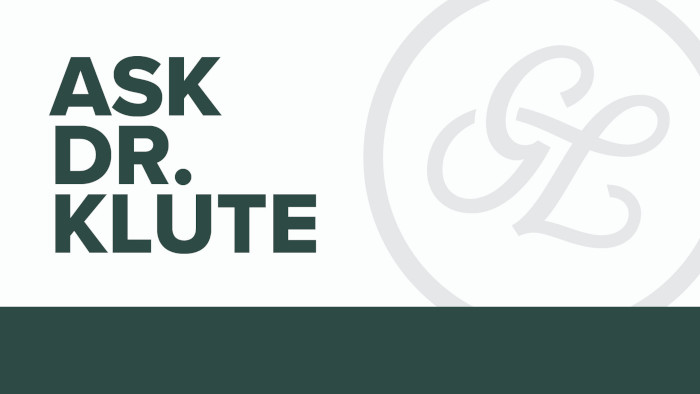Ask Dr. Klute | I have trouble reading my phone with my glasses. Should I get bifocals or progressive lenses?

I have trouble reading my phone with my glasses. Should I get bifocals or progressive lenses?
It all depends upon your specific needs and personal style.
A bifocal is a lens that has two separate powers, one for far and one for near, separated by a distinct line that is visible on the lens. These lenses are excellent for patients wanting clear vision at distance and near with minimal distortion on the edges of the lenses that occur with progressive lenses. The drawback is the visible line that many patients dislike due to cosmetic reasons.
A progressive lens has many different powers built into the lens with a gradual progression (hence the name) from distance at the top to near vision at the bottom. These lenses tend to be more versatile because patients have a range of clarity between far and near. The drawback tends to be the distortion that occurs at the edges of the lenses. In other words, clear vision for all distances is found mostly in the middle of the lens.
Most patients adapt easily to progressive lenses and prefer this option. In general, lens companies continue to improve these lenses through continued research and development. So, if you couldn’t adapt to a progressive lens 5-10 years ago you may want to try again as the technology continues to improve.
Schedule an appointment online at GoodLifeEyecare.com or call 402.697.5122.

